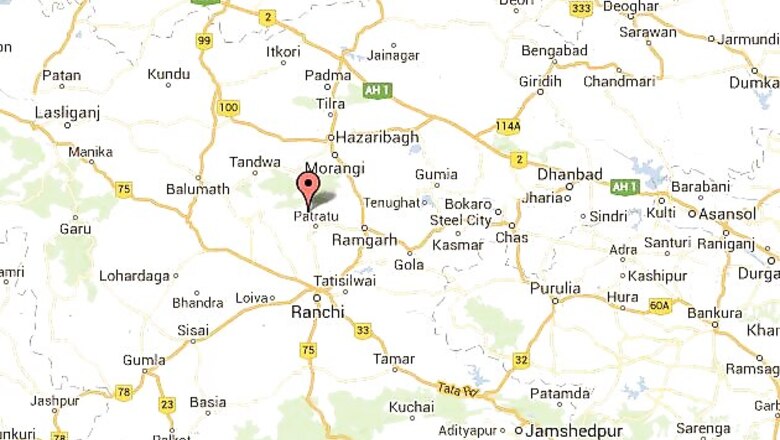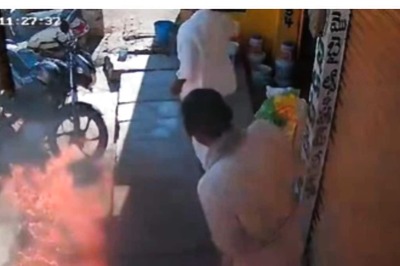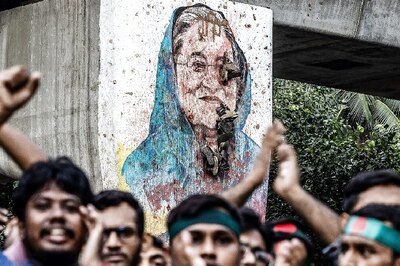
views
More than 54 percent of the around 52 lakh children in Jharkhand suffer from malnourishment and a large number of them have eye-related ailments like cataract, according to data made available by the state government.
Six-year-old Mohammad Wasim Ansari, who lives in Khasmankeri village of Latehar district, had cataract in both eyes and was operated upon at Kashyap Memorial Eye Hospital (KMEH) in the state capital.
He had developed the condition at the age of three.
"Now I can see the world clearly. I will become a police officer and wipe out the Naxals (Maoists) who have terrorised our village" Wasim told IANS.
His elder brother Mohammad Raish said: "We got my brother treated at several places, and in government eye camps. We moved to Latehar and Palamau districts, but doctors did not operate on him, considering my brother's age. We went to KMEH eye camp organised in our district, and my brother was operated here."
Eight-year-old Sikandar Oraon from Hundru village of Latehar district was also suffering from cataract in both eyes. He developed the condition when he was only five, and was unable to to read. He too was operated upon by surgeons at KMEH.
The cataract-ridden eyes of fifteen children have been corrected at KMEH Ranchi in the first fortnight of August.
Under the Saryu Action Plan, a brainchild of union Rural Development Minister Jairam Ramesh, an eye camp was organised at Lathear district July 30.
Jaiam Ramesh launched the Saranda Action plan in West Singhbhum district and Saryu Action plan at Lathear district of the state to fight Maoist guerrillas. At both places, eye camps were organised even in areas not usually accessed by the state administration, where Moists rule the roost.
In Latehar, around 2004 people turned up at the eye camp and more than 20 percent were children who had different kinds of eye diseases. Bharti Kashyap, director of KMEH, said 250 children were treated and given glasses.
In Jharkhand, even children as young as three or four years old suffer conditions like cataract, characterised by the clouding of the lens in the eye. The most common cause of cataract is age-related deterioration. Cataract is itself the leading cause of blindness. Glaucoma too occurs in children in Jharkhand.
According to Bharti, of the total global population of blind people of 45 million, 12 million are in India. Children below 16 years account for 1.4 million cases of blindness in India.
"For proper development of the brain, good visual acuity is required in children below eight years. In childhood cataract (when the condition occurs in those less than eight years old), the visual centre in the brain gets suppressed. Even after surgery, vision is impacted. There are studies that show that 28 percent of blindness could be prevented, and 15 percent of blindness is treatable. Even so, in about 55 percent of the cases, children remain incurable" Bharti said.
Morbidity in children's eyes could be due to many reasons, including malnutrition, exposure to radiation, drugs, being born premature, or early trauma.
In Latehar, around 24.3 percent of those who turned up at the eye camp were suffering from cataract; around 4.94 percent had corneal opacity.
Around 200 patients suffering from cataract were operated at KMEH, with the assistance of the State Bank of India (SBI).




















Comments
0 comment